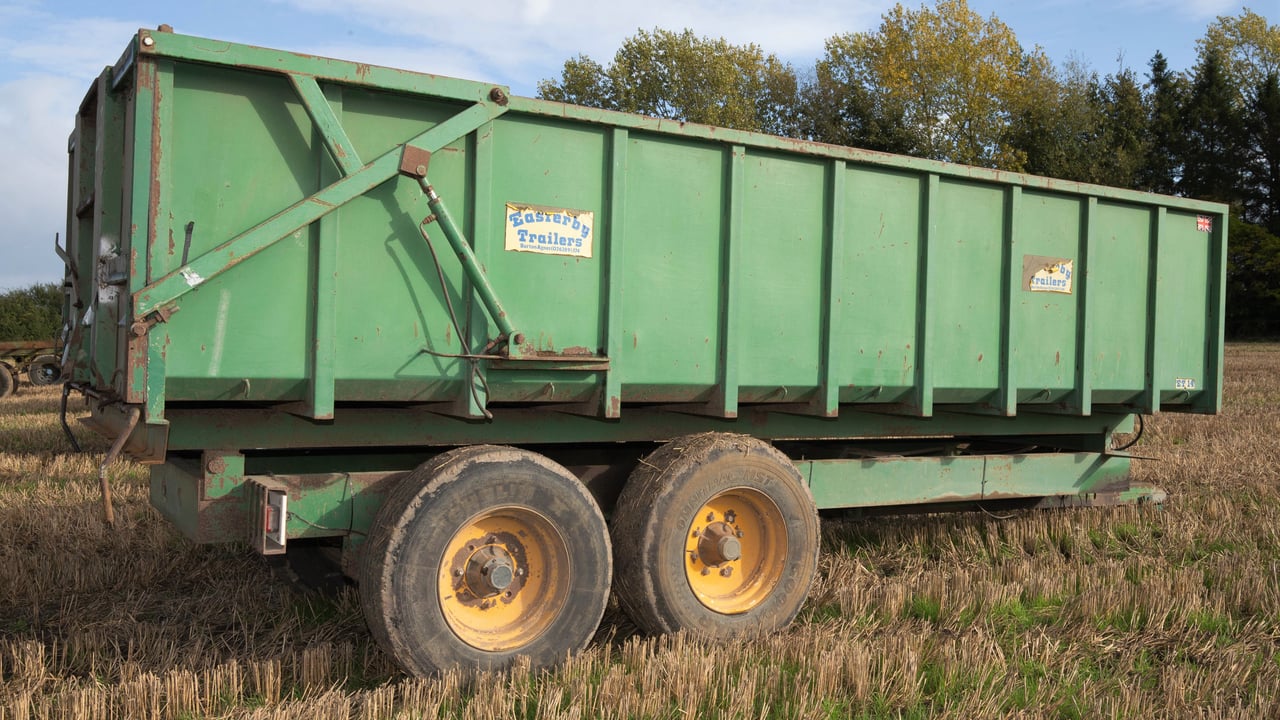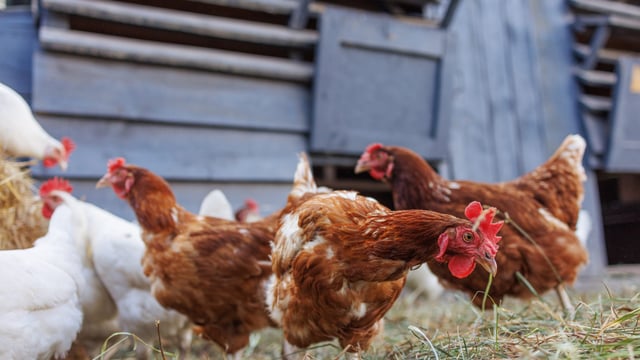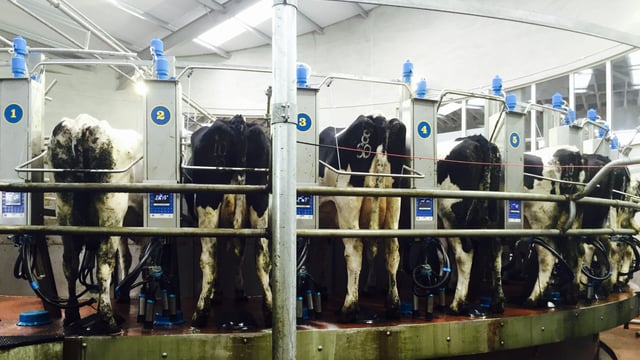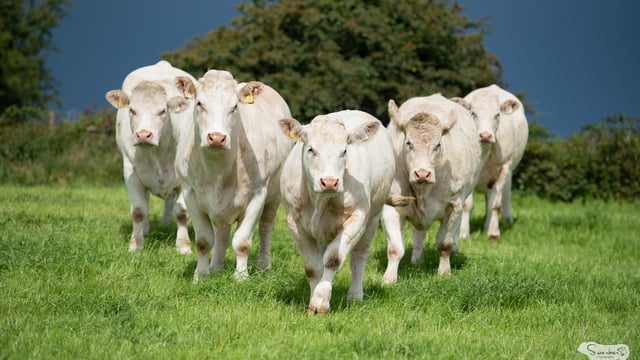Getting to grips with the challenge of soil compaction in tillage soils
One dry harvest does not undo the problems of soil compaction that have built up on tillage farms over the past couple of wet seasons.
The reality is, that soils compacted by trailers and/or combines during the past couple of harvests will perform poorly unless action is taken.
According to Teagasc, this may mean an extra pass of a cultivator to lift the ground. However, this can only be done if the soils are dry; otherwise, farmers may only make the problem worse by creating a compaction layer further down in the soil profile.
Those who use plough-based systems may think that the plough will sort out the problem - but this may not be the case.
In many situations, we have seen compaction at the plough depth, which can also be difficult to remove.
All farmers should dig a soil pit this year in areas where they think there may be some issues and see what level of damage is underneath the soil surface.
The impact of compaction has been investigated courtesy of research carried out at Teagasc Johnstown Castle.
The problem is brought on, for the most part, by the continuing use of heavy machinery.
Compaction can lead to increased surface run-off, flooding, erosion and transport of nutrients and agrochemicals to open water.
Compacted soils impede root development which can reduce yields. Along with reduced plant growth, poor aeration induces the loss of soil nitrogen (N) and produces greenhouse gases (GHG) through de-nitrification in anaerobic sites.
Obviously, soil compaction should be avoided at all costs. If ground conditions are poor, then growers should limit tractors and trailers to headland drive on tramlines.
Another option in this regard, is to only half fill trailer loads.
This advice is particularly relevant to farmers and growers harvesting crops of forage maize, beet and potatoes over the coming days.
Where maize is concerned, it is important that fields should be completely harvested at the one visit, if this at all possible.
The fact is, that mature crops of maize are drawing large volumes of water from the soil while the plants are alive.
However, if heavy machinery is brought across stubble on a second occasion, in order to finish the harvesting of a crop, significant compaction problems will arise across the entire planted area.
The prevention of soil compaction damage is always better than the cure.





